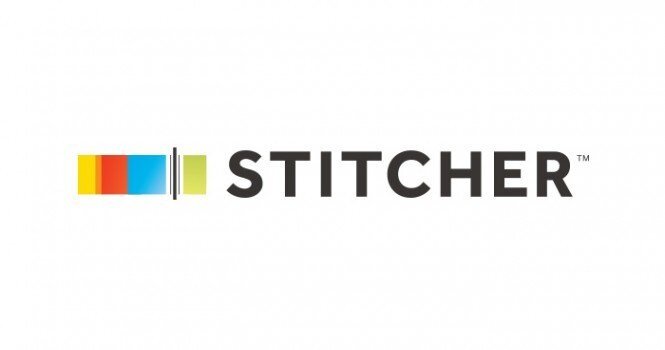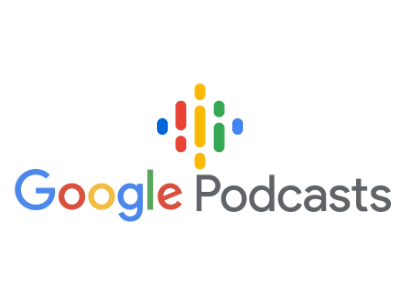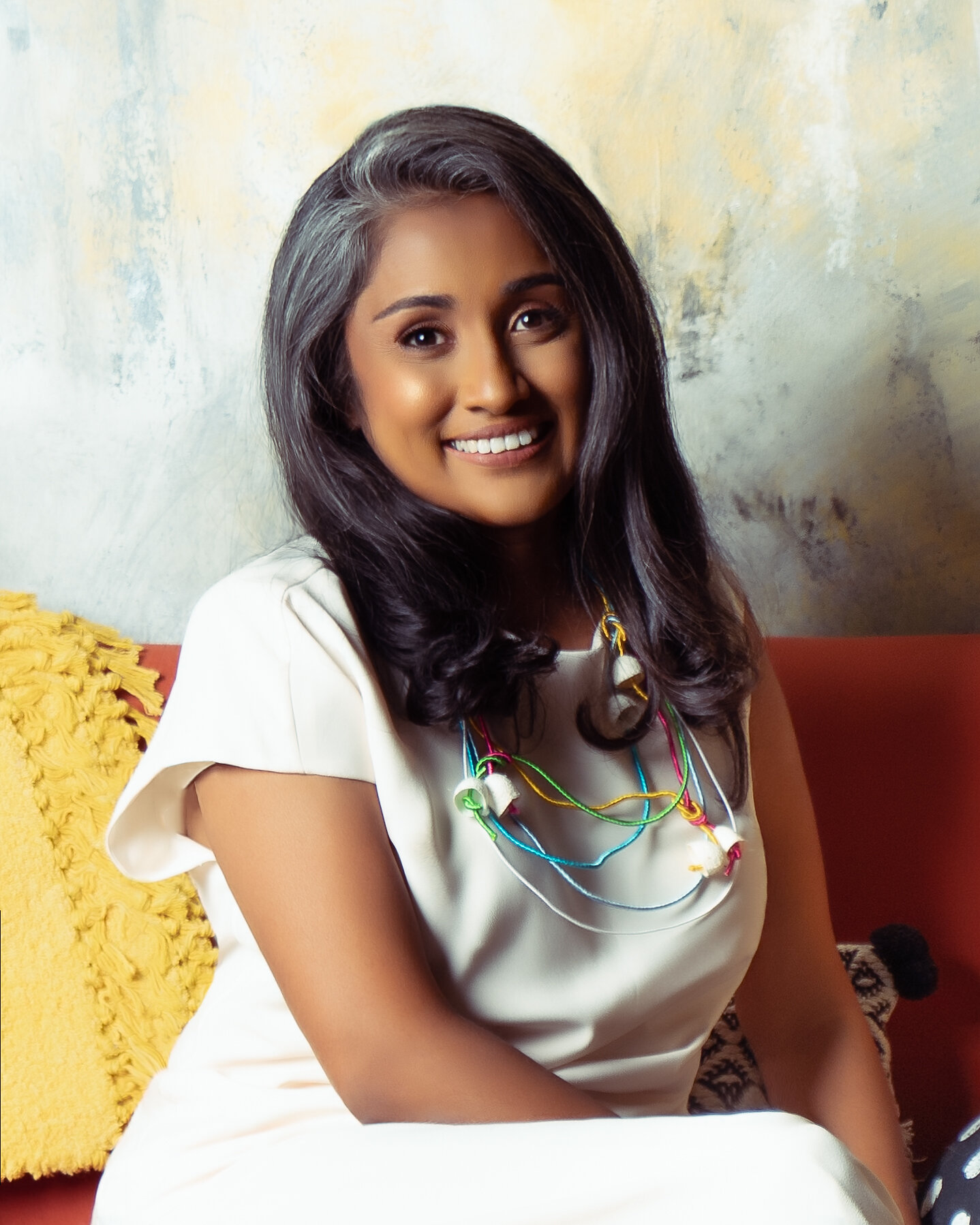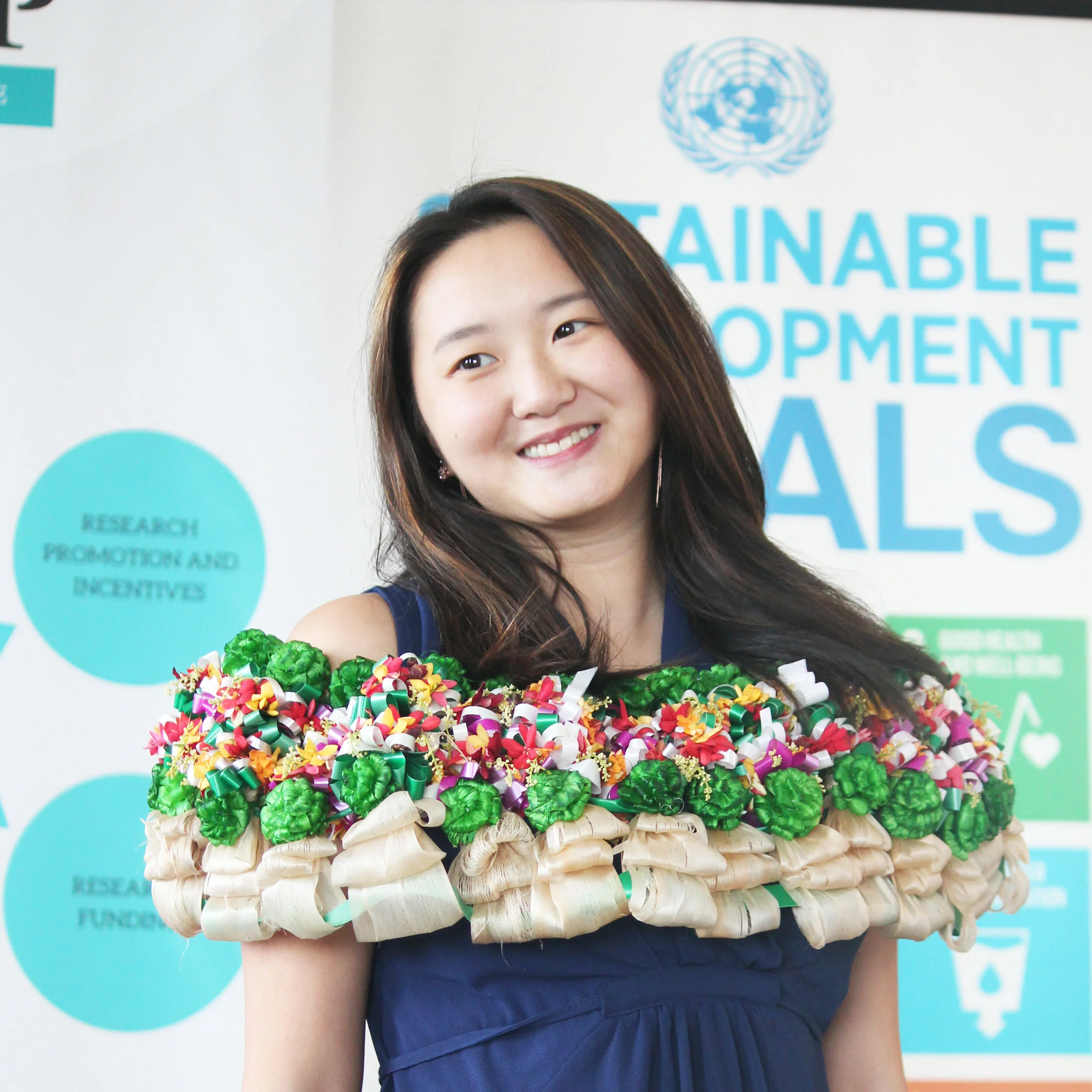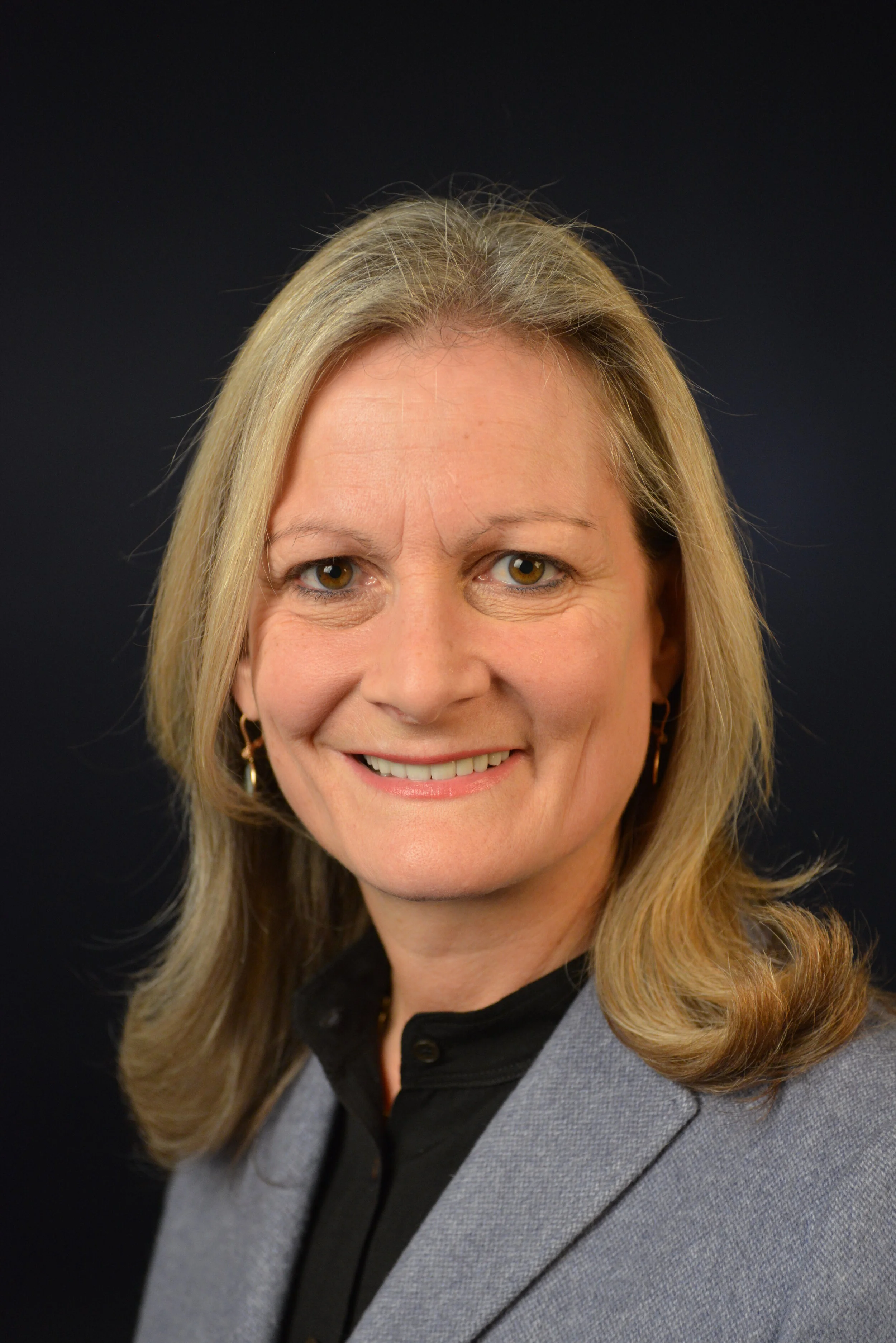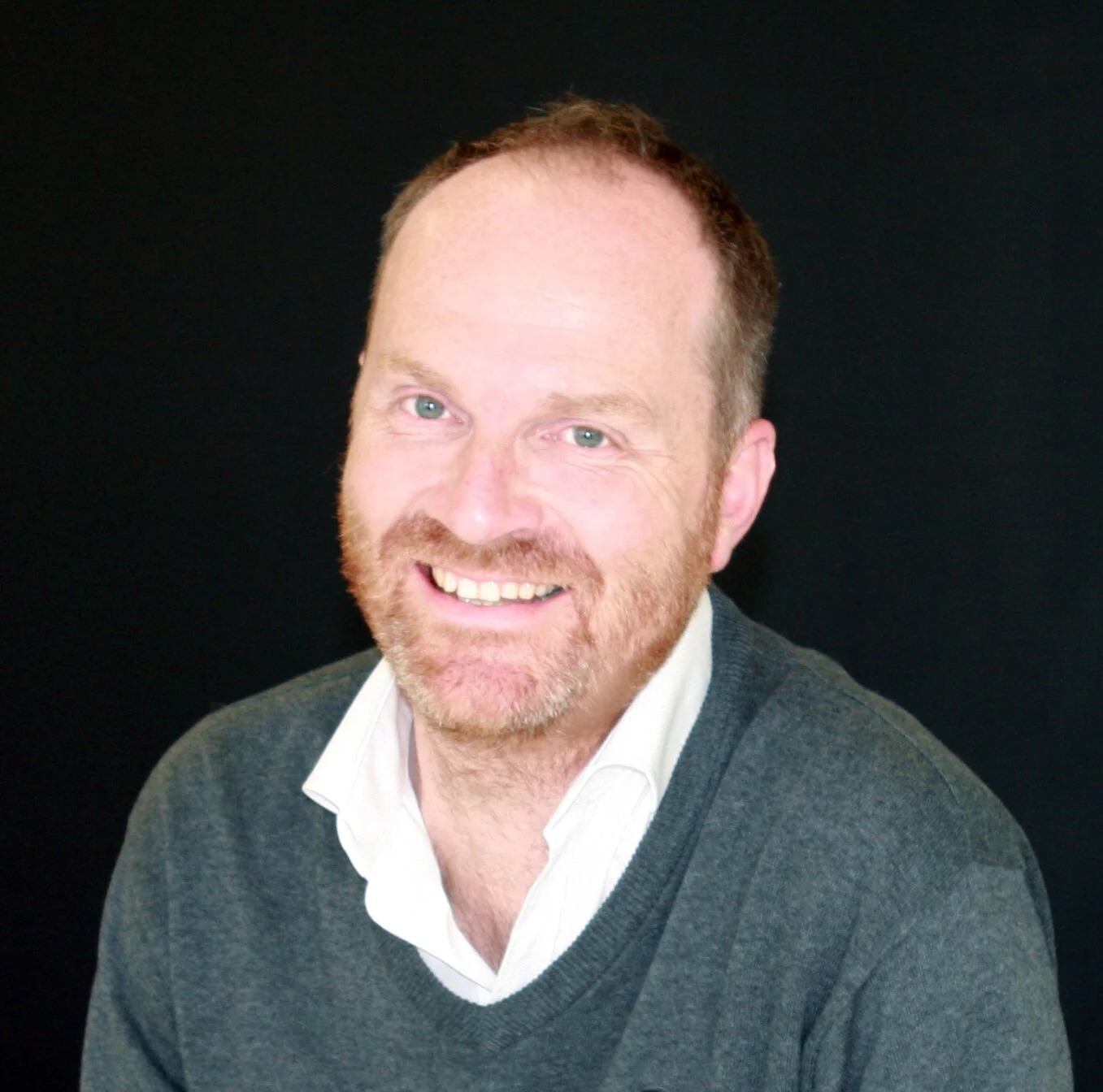International Women's Day - What's the big deal? Do we still need it?
So, unless you’ve been living under a rock, it’s hard not to miss all the events, news, and general PR buzz about International Women’s Day that was recognised this month. Countries celebrate it in different ways. This year you would have heard about the Day Without Women in the US and many other western countries around the world such as Australia. It is an official holiday in a number of places including: Afghanistan, Armenia, Burkina Faso, Cambodia, Cuba, Georgia, Kazakhstan, Laos, Mongolia, Montenegro, Russia, Uganda, Vietnam. Zambia and in China & Nepal for women only. Many brands such as Nike and P&G launch powerful ad campaigns, while companies around the world ranging from huge multinationals host an array of events, women’s breakfasts and conferences in recognition of the day.
If we move past all the marketing spin, is International Women’s Day still even important? Why do we still celebrate it? Is there an international men’s day? And, looking in to the future, what are the 6 things that we should be focussing on when it comes to gender equality.
You can listen to the episode here or on your favourite podcast app. A slightly edited episode transcript is below too.
What is International Women's Day? And, is there an International Men's Day?
Let’s start with Men’s Day - Is there an International Men's Day?
Yes, it takes place on November 19 each year and is celebrated in 60 countries around the world.
The objectives of the day include a focus on men's and boy's health, improving gender relations, promoting gender equality, and highlighting positive male role models.
Now back to International Women’s Day - What is it?
The Telegraph did a great short piece about this which I’ll link to in the show notes (http://www.telegraph.co.uk/women/life/international-womens-day-2017-did-start-important/)
Basically, International Women’s Day (or IWD as it’s commonly referred to) is “a worldwide event that celebrates women’s achievements – from the political to the social – while calling for gender equality.
It has been observed since the early 1900s and is now recognised each year on March 8. Is is not affiliated with any one group, but brings together governments, women's organisations, corporations and charities.”
So, why is it still important?
I think the best way to answer this question is to give you a few facts about the current situation of women in the world.
Women make up more than two-thirds of the world's 796 million illiterate people. (UN Women)
Only 22.8 per cent of all national parliamentarians were women as of June 2016, a slow increase from 11.3 per cent in 1995 (UN Women)
As of January 2017, 10 women are serving as Head of State and 9 are serving as Head of Government (UN Women)
It is estimated that 35 per cent of women worldwide have experienced either physical and/or sexual intimate partner violence or sexual violence by a non-partner at some point in their lives. However, some national studies show that up to 70 per cent of women have experienced physical and/or sexual violence from an intimate partner in their lifetime (UN Women)
Worldwide, more than 700 million women alive today were married as children (below 18 years of age). Of those women, more than 1 in 3—or some 250 million—were married before 15. Child brides are often unable to effectively negotiate safe sex, leaving them vulnerable to early pregnancy as well as sexually transmitted infections, including HIV (UN Women)
Around 120 million girls worldwide (slightly more than 1 in 10) have experienced forced intercourse or other forced sexual acts at some point in their lives. By far the most common perpetrators of sexual violence against girls are current or former husbands, partners or boyfriends (UN Women)
At least 200 million women and girls alive today have undergone female genital mutilation/cutting in 30 countries, according to new estimates published on the United Nations’ International Day of Zero Tolerance for Female Genital Mutilation in 2016. In most of these countries, the majority of girls were cut before age 5. (UN Women)
Adult women account for almost half of all human trafficking victims detected globally. Women and girls together account for about 70 per cent, with girls representing two out of every three child trafficking victims (UN Women)
One in 10 women in the European Union report having experienced cyber-harassment since the age of 15 (including having received unwanted, offensive sexually explicit emails or SMS messages, or offensive, inappropriate advances on social networking sites). The risk is highest among young women between 18 and 29 years of age (UN Women)
Evidence suggests that certain characteristics of women, such as sexual orientation, disability status or ethnicity, and some contextual factors, such as humanitarian crises, including conflict and post-conflict situations, may increase women’s vulnerability to violence (UN Women)
Also, 34 per cent of women with a health problem or disability reported having experienced any physical or sexual violence by a partner in their lifetime, compared to 19 per cent of women without a health problem or disability, also based on data from the European Union (UN Women)
Now we know what it is and why it's still important, what are the SIX things that we should focus on to accelerate gender equality?
1) Accelerating Gender Equality for Women and The Environment
The situation:
Women, especially those in poverty, appear more vulnerable in the face of natural disasters. A recent study of 141 countries found that more women than men die from natural hazards. Where the socioeconomic status of women is high, men and women die in roughly equal numbers during and after natural disasters, whereas more women than men die (or die at a younger age) where the socioeconomic status of women is low. Women and children are more likely to die than men during disasters. (UN Women)
"Similarly, in industrialized countries, more women than men died during the 2003 European heat wave. During Hurricane Katrina in the USA, African-American women who were the poorest population in that part of the country faced the greatest obstacles to survival" (IUCN Global Gender Office)
Women and children bear the main negative impacts of fuel and water collection and transport, with women in many developing countries spending from 1 to 4 hours a day collecting biomass for fuel. A study of time and water poverty in 25 sub-Saharan African countries estimated that women spend at least 16 million hours a day collecting drinking water; men spend 6 million hours; and children, 4 million hours. Gender gaps in domestic and household work, including time spent obtaining water and fuel and processing food, are intensified in contexts of economic crisis, environmental degradation, natural disasters, and inadequate infrastructure and services (UN Women)
So, gender equality goes hand in hand with climate solutions and that makes movements like 1 Million Women are super important and extremely relevant right now.
They are a movement of 600,000+ women and girls (and growing everyday) who are pioneers in the gender and climate change arena in Australia and around the world.
Climate solutions have to move past world leaders arguing about the proven science and for everyone to take control. Yes, the reality is that we need strong leadership and big decisions to be made now. And this can only happen when we all make it a priority so organisations like 1 Million Women aim for all of us all to be living a low-carbon lifestyle by inspiring 1 million women to take practical action on climate change in their everyday lives to cut carbon dioxide (CO2), the main greenhouse pollutant leading to climate change.
According to them, if 1 million women all cut 1 tonne each of carbon pollution, it would equal to 1 million tonnes of carbon dioxide. This is the equivalent of growing a new forest of 5 million trees. They provide resources to guide you through ways to live a low-carbon life and cut C02 in the process, and ask you to kick-start your low-carbon life by making a personal goal to cut a minimum of 1 tonne of CO2 pollution from your daily life within a year.
It's an easy way to educated start taking action so I suggest you check them out at http://www.1millionwomen.com.au as a first step.
“Climate change responses cannot be effective unless they are gender aware, taking into consideration the different needs of women and men, the inequalities that compound the impacts of climate change for women and the specific knowledge women and men can contribute to solutions” (1 Million Women)
If you want some further reading about climate solutions, Project Drawdown will be available from the 18th April which maps, models, and describes the 100 most substantive solutions to global warming. For each solution, they describe its history, the carbon impact it provides, the relative cost and savings, the path to adoption, and how it works. The goal of the research that informs Drawdown is to determine if we can reverse the buildup of atmospheric carbon within thirty years. All solutions modeled are already in place, well understood, analyzed based on peer-reviewed science, and are expanding around the world. So if you had any doubt about the solutions to climate change being available, this is proof that we already have everything that we need to make a difference.
2) Accelerating Gender Equality by Creating Access to Finance for Women
The situation:
The IFC has estimated that worldwide, a $300 billion gap in financing exists for formal, women-owned small businesses, and more than 70 percent of women-owned small and medium enterprises have inadequate or no access to financial services. Without access to finance, women face difficulties in collecting and saving income, growing their businesses, and pulling their families out of poverty. As a result, women remain largely excluded from the formal economy.
So to recognise International Women’s Day, I decided to make 2 loans to women micro-entrepreneurs in the Philippines through Kiva. And wow – what an impact Kiva made that day! They had a goal to lend $3 million USD to women on Kiva in one week, and not only exceeded it, but DOUBLED it! It was the biggest day for lending in Kiva’s 11 year history and as a result 16,473 women around the world are one step closer to following their dreams of starting or growing a business, going to school and investing in a better future for themselves, their children and their communities.
The situation:
Lack of access to finance affects women in other parts of the world too. According to Fortune, a 2015 study found that 92% of senior investment teams at top venture capital firms are male. Additionally, fewer female founders – 8% in 2015 compared to 16% in 2014 – received Series A funding in the Bay Area last year.
And that’s why when I met Pocket Sun, co-founder of SOGAL Ventures, I knew she was on to something big. As the first female-led millennial venture capital firm, according to them, they are redefining the next generation of diverse founders and funders. Although female-led, they don’t just invest in women entrepreneurs, but changing the status quo and adding diversity to the mix is powerful. As Pocket puts it: “SoGal is all about changing the power dynamics in business and entrepreneurship. This power dynamic is not going to change unless women are sitting on the other side of the table and signing cheques.”
3) Accelerating Gender Equality for Women in the Workforce
The situation:
Women’s economic equality is good for business. Companies greatly benefit from increasing leadership opportunities for women, which is shown to increase organizational effectiveness. It is estimated that companies with three or more women in senior management functions score higher in all dimensions of organizational effectiveness (UN Women)
71% of employers who said they had adopted diversity practices said these were having a positive impact on their recruitment efforts (PwC 2017 Report on Winning Female Talent)
86% of millennial women and 76% of millennial men think that an employer's policy on diversity, equality and workforce inclusion is important when they decide whether or not they should work for them (PwC 2015 Report on The Female Millennial)
In the United States, companies in the top quartile for racial and ethnic diversity are 35 percent more likely to have financial returns above their respective national industry medians. And, companies in the top quartile for gender diversity are 15 percent more likely to have financial returns above their respective national industry medians. (McKinsey 2016 Diversity Matters Report)
That’s why when companies take this seriously, they can create huge impact.
In April 2015, Salesforce Founder and CEO, Marc Benioff announced that the company would be taking a look at equal pay within their business. On International Women’s Day 2016 they announced their results. Their assessment showed that they needed to adjust some salaries—for both men and women. Approximately six percent of employees required a salary adjustment, and roughly the same number of women and men were impacted. Salesforce spent nearly $3 million dollars to eliminate statistically significant differences in pay.
Wow.
Salesforce also increased access to advancement opportunities through their High-Potential Leadership Program, which is designed to provide leadership skills to advance women in the workplace. The program has led to a 33 percent increase in the number of women who were promoted last year.
In the last year, Salesforce increased parental leave to 12 weeks off at 80% of total pay. The company also introduced a new gradual return program which offers new parents the flexibility to work reduced hours for the first four consecutive weeks of returning to work, at full pay.
The gender pay gap is widely discussed amongst businesses. But how many actually stop, acknowledge there might be an issue and then go on to audit their entire workforce? In the case of Salesforce, this was 17,000 strong. And, in the case of Salesforce, it’s men that benefitted from this exercise too.
4) Accelerating Gender Equality by Educating Women
The situation according to UN Women:
Women make up more than two-thirds of the world's 796 million illiterate people.
According to global statistics, just 39 percent of rural girls attend secondary school. This is far fewer than rural boys (45 percent), urban girls (59 percent) and urban boys (60 percent).
But, this doesn’t have to be the case.
Every additional year of primary school increases girls' eventual wages by 10-20 percent. It also encourages them to marry later and have fewer children, and leaves them less vulnerable to violence. (UN Women)
Increasing women and girls’ education contributes to higher economic growth.
5) Accelerating Gender Equality by Ending Violence Against Women
The situation according to UN Women:
35 per cent of women have experienced physical and/or sexual violence in their lifetime.
Globally, 47 per cent of murders of women are committed by an intimate partner or family member, compared to less than 6 per cent of murders of men.
Women represent 55 per cent of victims of forced labour and 98 per cent of the victims of sexual exploitation.
Globally, an estimated 200 million women and girls have undergone FGM in 30 countries and 700 million were married as children (250 million before the age of 15).
What does this all mean?
Apart from the fact that violence of any kind is horrific, it results in a HUGE economic cost to society.
According to the OECD estimates suggest that “discriminatory social institutions – including violence against women – cost the global economy approximately 12 trillion US dollars a year. So while it is critical to put in place laws, budgets and plans to transform discriminatory social norms, we also need to empower women and girls, men and boys, to challenge – and change – these norms”.
Examples of this by UN Women include:
In India women can lose an average of at least five paid work days for each incident of intimate partner violence. This fact would mean the affected woman would get 25 per cent less of her salary each time an incident of violence happens.
In Uganda, about nine per cent of violent incidents forced women to lose time from paid work, amounting to approximately 11 days a year, equivalent to half a month’s salary, affecting not only the incumbent person but her family and dependents.
Also, research shows for example that women who are exposed to intimate partner violence are employed in higher numbers in casual and part-time work, and their earnings are 60 per cent lower, compared to women who do not experience such violence.
Annual costs of intimate partner violence were calculated at $5.8 billion in the United States of America and $1.16 billion in Canada. In Australia, violence against women and children costs an estimated $11.38 billion per year. Domestic violence alone costs approximately $32.9 billion in England and Wales.
The Secretary General of the OECD adds that “across the 160 countries included in SIGI ( Social Institutions and Gender Index), one in three women agrees that domestic violence is justified; in some countries, these acceptance rates climb close to 90%. How can we even begin to tackle violence if women believe it can be justified”
First responders are vitally important in dealing with the consequences of violence against women, but ultimately empowering women through education, increased leadership and economic opportunities, as well as access to finance are key in changing societal norms.
One of the guests in an upcoming episode on the podcast said to me that we can end violence in one generation - we only need one generation to grow up without any violence to change this. That will forever stay with me.
6) Accelerating Gender Equality by Advancing Women in Leadership
Gender differences in laws affect both developing and developed economies, and women in all regions. According to UN Women (http://www.unwomen.org/en/what-we-do/leadership-and-political-participation/facts-and-figures) “90 per cent of 143 economies studied have at least one legal difference restricting women’s economic opportunities. Of those, 79 economies have laws that restrict the types of jobs that women can do. And husbands can object to their wives working and prevent them from accepting jobs in 15 economies”.
The fact is, the more women that are represented in leadership positions around the world, the fast gender equality will become a reality.
The World Economic Forum predicts that at the current rate of progress, the gender gap won't close entirely until 2186
If you’re happy waiting for almost another 170 years, then don’t bother doing anything more than you’re already doing. But if you see the economic, social, environmental and political reasons why closing this gap is important, then you need to start doing something about it now. You can start with education. Educate yourself more about this issue and talk to others about it too. In your circle of influence you can choose any one of the above areas that I’ve chosen to highlight and do something about it. Whether it’s joining the 1 million women pledge, funding micro-entrepreneurs around the world, working in your business to promote diversity or, speaking up when the societal norms that permeate a culture of violence against women rears it’s ugly head.
You don’t have to wait - you can do something now.
If you like what you’re hearing with this podcast, I'd love it if you could let me know what you think by subscribing, rating & reviewing the episodes. We all know that awareness is the first step to creating change so, don’t forget to share your favourite episode with your friends too!
One more thing, if you'd like to stay in touch, check out the Doing Good Podcast on social media - I'd love to interact with you and hear your thoughts and ideas. Happy International Women’s Day!



